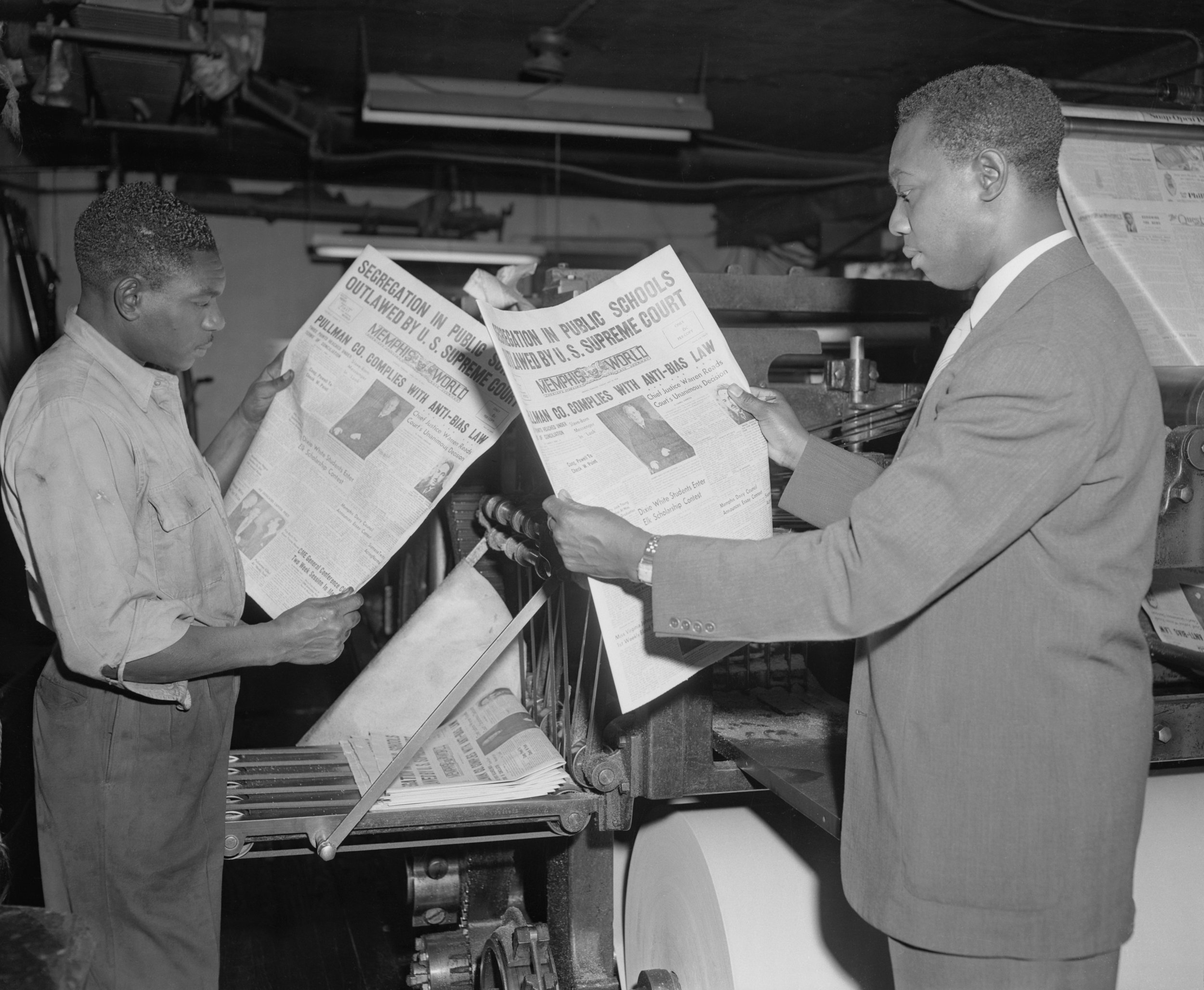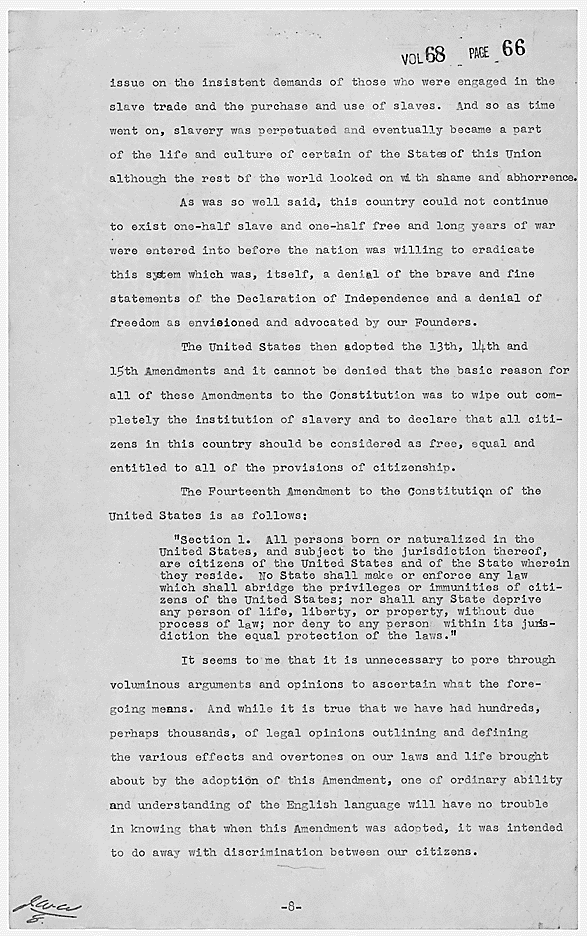



By a margin of 7-1, Associate Justice Henry Billings Brown authored the majority opinion in the case that rejected Plessy’s arguments of the Separate Car Act violating the Thirteenth and Fourteenth Amendment.The case originated in 1892 to challenge Louisiana’s Separate Car Act of 1890 that required all state railroads to provide “equal but separate accommodations” for 'Black' and 'white' passengers. This doctrine constitutes the legality of racial segregation laws in public facilities as long as the facilities were equal in quality. Ferguson was the landmark decision of the US Supreme Court that upheld the constitutionality of the doctrine “separate but equal”. The matter, as was initially intended by Plessy, found its way to the US Supreme Court in 1896, challenging the constitutionality of the segregation laws in Louisiana, contrary to the Fourteenth Amendment. In 1892, Homer Plessy was arrested for boarding a ‘whites’-only compartment on a train and arrested upon refusal to move to the section for 'Black' people.It brought greater awareness to the struggles that African-Americans faced and increased efforts to end institutionalised racism in the US. Brown’s case paved the way for integration and was considered a milestone and major victory of the civil rights movement. Ferguson which held the doctrine that came to be known as “separate but equal”. The verdict of the case overruled the 1896 Court decision on Plessy v. Board of Education was a landmark case in 1954 where the US Supreme Court ruled racial segregation in public schools, even if they were deemed equal in quality, as unconstitutional. Let’s find out more about Brown v Board of Education Case 1954!īrown v.


 0 kommentar(er)
0 kommentar(er)
